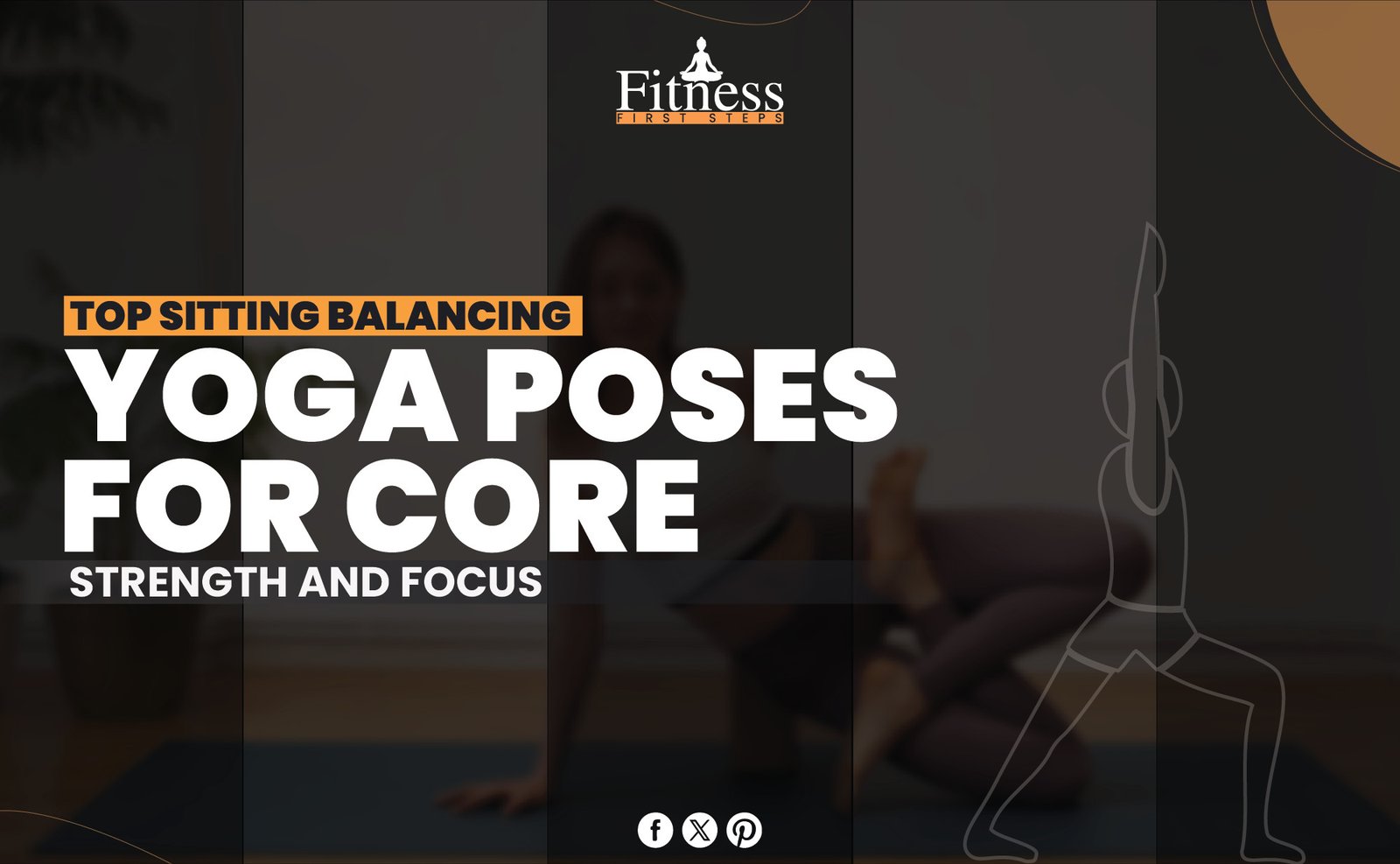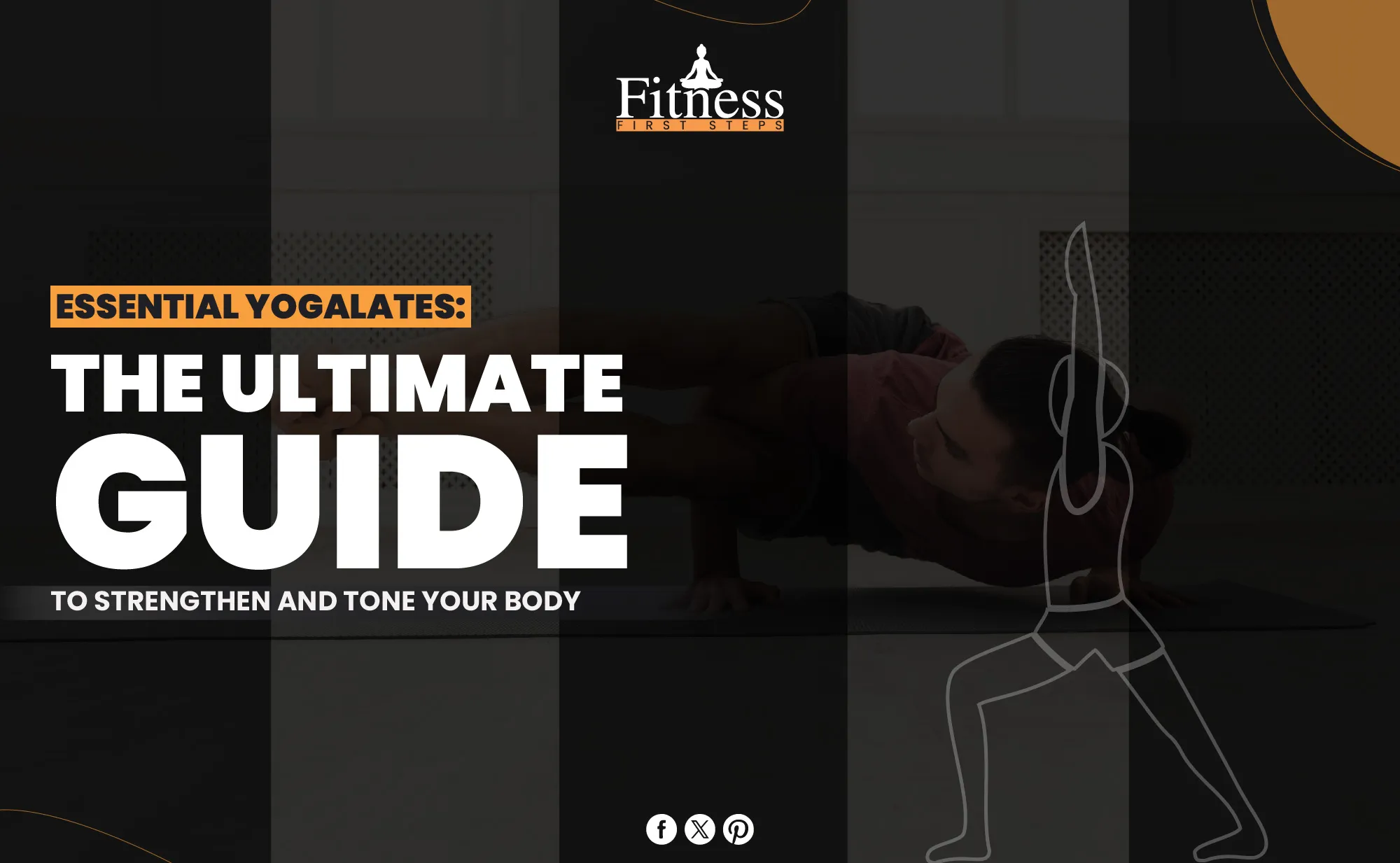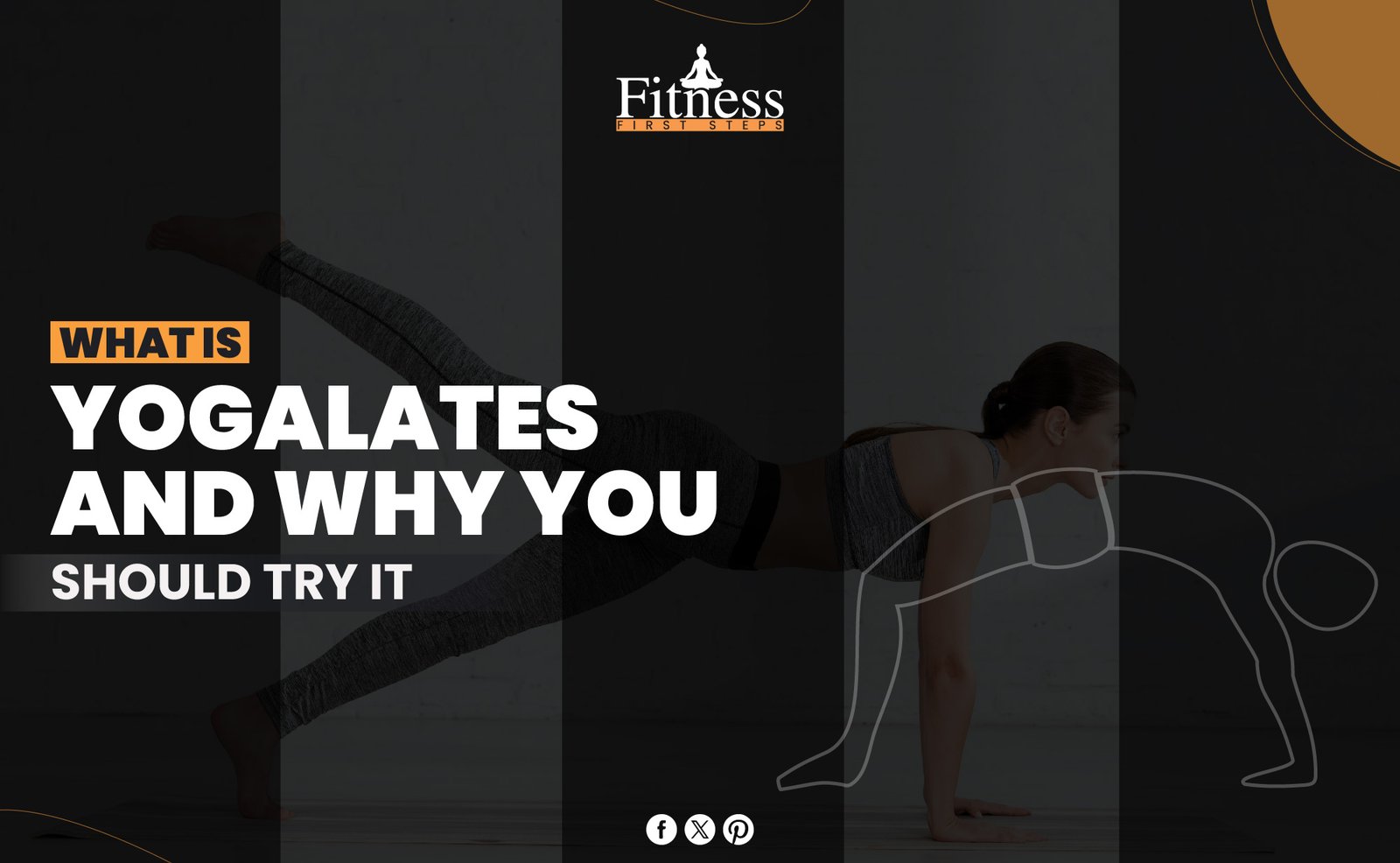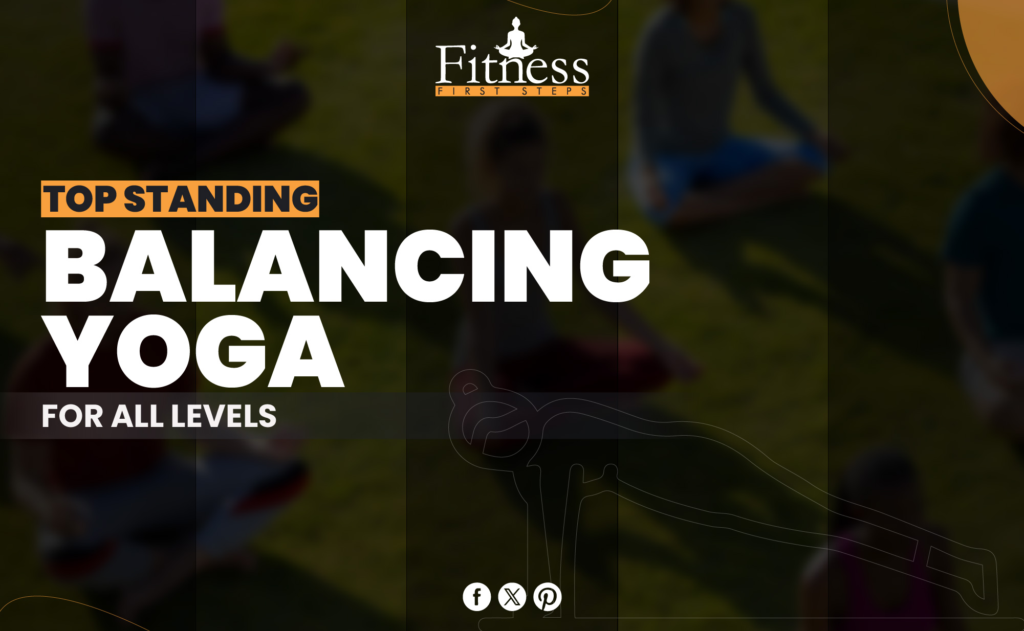Introduction
Urdhva Mukha Svanasana, or Upward-Facing Dog, is one of the most important poses in yoga. It is known for its ability to stretch, strengthen, and relax both the body and the mind. People who do this pose are asked to lift their hearts to the sky, which is a physical and mental way of saying, “Open up to new possibilities.” Embracing the core of this pose can change your practice, giving it grace, strength, and a lifted spirit, no matter how long you’ve been doing yoga or how new you are to it.
You can read more about the boat pose in yoga.
What is an Upward-Facing Dog?
“Urdhva Mukha Svanasana” comes from the Sanskrit language, where “Urdhva” means “upward,” “Mukha” means “face,” and “Svana” means “dog.” In English, the name means “Upward-Facing Dog.” The name comes from how the pose looks like a dog raising its front legs to the sky. This word, which comes from ancient yoga practices, captures the essence of the pose and shows how it fits into the larger picture of yogic practice and thought.
Urdhva Mukha Svanasana, which means “Upward-Facing Dog” in Sanskrit, is one of the most essential backbend poses in yoga. Its namesake’s strength and beauty are reflected in the pose. It works your arms, legs, and core and stretches your chest and heart up to the sky, which is good for both body and spirit. This pose improves your balance and flexibility, is essential, a crucial part of many yoga flows, and makes you feel profoundly open and lifted.
The Benefits of Upward-Facing Dog
When we start the Upward-Facing Dog journey, we discover an incredible trove of benefits that go beyond our physical health and reach deep into our mental and spiritual health. This pose can help you achieve a state of balance between your body and mind and significantly change your life.
Physical Benefits:
- Strengthens the spine, arms, and wrists: Improves the whole body’s strength and helps keep the spine healthy.
- Opens the chest and shoulders: Helps you stand up straighter and breathe more deeply.
- Stimulates abdominal organs: Stimulates the organs in the abdomen and helps digestion.
- Increases lung capacity: Opening the chest lets you take longer breaths, which is good for your lungs.
Mental Benefits:
- Invigorates the mind: It eliminates mental fog and gives you more energy, making you more focused and aware.
- Alleviates depression: By making you feel better, the opening and lifting action can help ease the symptoms of sadness.
- Soothes stress: Getting into this pose can help you feel less stressed and more calm and relaxed.
- Encourages emotional release: Creating space in the heart can help you let go of negative emotions, let them out, and promote openness and humility.
Spiritual Benefits:
- Fosters a Sense of Connection: This pose helps people feel more connected to the universe and the world by pulling the chest up and opening the heart. It also makes them feel more united and at peace with everything.
- Enhances Self-Awareness: Maintaining the pose requires a lot of attention, which makes people more self-aware and mindful of the present moment.
- Encourages Release of Ego: In Upward-Facing Dog, the open chest can mean letting go of ego and surrender, which can help you be more humble and open to life’s events.
- Stimulates the Heart Chakra: This pose opens up the heart chakra linked to love, compassion, and mental health. This can help you live with an open heart and connect more deeply with others.
Practicing Upward-Facing Dog improves our physical strength, mental health, and spirituality. Yoga transforms us into a more balanced and connected life, as shown by this stance.
Step-by-Step Guide to Upward-Facing Dog
Preparation
Start in a prone position: Lay on your back with your legs stretched out behind you. Press the tops of your feet into the mat.
Hand Placement
Position your hands: Place your hands on the ground next to your body, just below your shoulders. Spread your fingers out wide to make a stable base.
The Lift
Engage your legs: Lift your thighs off the mat to work out the muscles there. This exercise is essential for keeping your lower back safe.
Press into your palms: As you breathe in, straighten your arms and press into your hands to lift your hips and chest off the floor. The tops of your feet and your hands should bear the same weight.
Extend your torso: Lift your chest up and down, pulling your shoulders back and down away from your head. This will make your neck longer. Keep your neck straight, and your eyes should face upward.
Refining the Pose
Adjust your legs: To prevent your lower back from hurting, ensure your legs are straight and moving, not hitting the ground. Also, keep your knees off the mat.
Check your alignment: Your shoulders should align with your hips, and your hands should be right under your shoulders. This position helps your weight spread appropriately and enhances the pose’s benefits.
Deepening the Pose
Open your chest further: Imagine that there is a string connected to your chest that pulls you up and forward. This will deepen the backbend and make your heart area even more open.
Engage your core: Lightly tighten your core muscles to support your spine. Make sure the bend is spread out evenly along your spine.
Coming Out of the Pose
Release gently: As you let your breath out, slowly lower your hips back to the mat. Move into a Child’s Pose or Downward-Facing Dog to counter the backbend and relax your spine.
Remember that Upward-Facing Dog is a powerful pose and should be done within your limits. Regular practice and form and breath awareness will maximize the pose’s potential.
Common Mistakes and How to Avoid Them
Understanding the Upward-Facing Dog can be revolutionary yet tricky. You must be aware of and avoid typical mistakes to use this strong stance safely and effectively.
- Sagging Hips
Issue: When you let your hips hang down, you put too much pressure on your lower back, which can be painful or uncomfortable.
Solution: Keep your back straight and your thighs off the mat to keep your body in a firm line from your head to your feet.
- Overarching the Neck
Issue: Craning the neck can pressure the cervical spine, leading to neck pain.
Solution: Ensure your neck stays connected to your spine by keeping your eyes forward and slightly up.
- Incorrect Hand Placement
Issue: Putting your hands too far forward or too far apart can make the pose less stable and stress your arms.
Solution: Put your hands under your shoulders and press hard on the ground, spreading your fingers wide.
- Shoulders Creeping Up to Ears
Issue: When you have high shoulders, your neck and upper back tense.
Solution: Pull your shoulders back and down, open your chest, and work your shoulder blades.
- Not Engaging the Legs
Issue: If you don’t work your legs, you might have to rely on your lower back and arms, making the pose less effective.
Solution: Press the tops of your feet into the mat and tighten your quadriceps to help your body move.
If you fix these common mistakes, your Upward-Facing Dog practice will be safer, more successful, and more fun.
Modifications and Variations
Adapting Upward-Facing Dog can help people with flexibility, strength, and comfort needs. Here are some changes and versions to look into:
Modifications for Beginners
Use Yoga Blocks: If lifting your torso and legs off the mat is hard, put yoga blocks under your hands for extra support and height. This will make the stretch less intense.
Cobra Pose as an Alternative: Put your body into Cobra Pose (Bhujangasana) for a gentler start. Keep your elbows bent and your hips on the ground as you raise your chest.
Variations for Intermediate to Advanced Practitioners
One-Legged Upward-Facing Dog: To make it more challenging, lift one leg off the mat and point your toes toward the back of the room. This version makes you use your strength and balance more.
Upward-Facing Dog with a Twist: Add a twist to strengthen the stretch and make it more core-focused. To keep your balance during practice, look over one shoulder at your foot and switch sides.
For Those with Wrist Discomfort
Forearm Variation: If the pose hurts your wrists, try it on your elbows instead of your palms. This will take some of the pressure off your wrists.
Adding Props for Support
Blanket for Comfort: A folded blanket under your legs or pelvis might help if the floor is too hard for you.
Adding these changes and variations to your practice can make Upward-Facing Dog fit your wants and goals. This will improve both your experience and the benefits of the pose.
Integrating Upward-Facing Dog into Your Practice
Adding Upward-Facing Dog to your yoga routine can make it much better by giving you strength, flexibility, and mental clarity. To make this pose look natural, do it this way:
- As Part of Sun Salutations
Sun Salutation sequences include Upward-Facing Dog. After the Plank Pose, lower into Chaturanga Dandasana (Four-Limbed Staff Pose) and glide into an Upward-Facing Dog on an inhalation and a Downward-Facing Dog on an exhalation. This flow warms up the body and is a great morning workout.
- In Vinyasa Flows
Maintain body heat and energy with Upward-Facing Dog in Vinyasa flows between poses. This sequence-enhancing technique connects movements and breath, making it more fluid.
- As a Standalone Pose
Upward-Facing Dog can be practiced alone to focus on its alignment and advantages. You can explore your backbend depth and muscle activation without rushing.
- During Backbend Practices
Use Upward-Facing Dog in backbend practices. It strengthens the back and opens the chest to prepare for more rigorous backbends like Bow Pose (Dhanurasana) and Camel Pose.
- For Core Strengthening
You can develop your core and backbend with Upward-Facing Dog. It can increase stability and support for other poses when used in core strength practices.
- Cool Down and Reflection
During the cool-down part of your practice, gently extend the front body in Upward-Facing Dog and meditate on the openness and space generated.
Upward-Facing Dog can improve your physical, mental, and emotional health if incorporated into your yoga practice.
Breathing Techniques
Breathing enhances Upward-Facing Dog and deepens the experience. Key breath-integration strategies for this dynamic pose:
- Inhale on the Lift
As you enter Upward-Facing Dog, breathe deeply. Inhale while raising your chest and straightening your arms. Filling your lungs widens your chest, making the pose more heart-opening.
- Steady Breathing in the Pose
Maintain calm, even breaths in the posture. Inhale and exhale through your nose to breathe smoothly. This boosts energy balance and poses relaxation.
- Exhale on Release
Exhale deeply before leaving Upward-Facing Dog. This exhale should accompany dropping to the floor or changing poses. Exhaling releases the pose, grounds your energy, and prepares the body for the following action.
- Deepening the Pose with Breath
You can strengthen your Upward-Facing Dog practice by widening your ribcage and softening your body with each inhalation and exhalation. Conscious breathing improves the stretch, spinal flexibility, and body-mind connection.
Adding these breathing techniques to Upward-Facing Dog makes it more peaceful and holistic.
Precautions and Contraindications
Upward-Facing Dog requires caution, significantly if you’re injured or sick. Note these precautions and contraindications:
Precautions
- Back Sensitivity: If you have mild back pain, move slowly and don’t stretch too far. Work out your core to strengthen your lower back.
- Wrist Issues: If you have wrist pain or carpal tunnel syndrome, change how you do things. For example, you could use your hands or forearms instead of your fingers.
- Neck Strain: Do not tilt your head back too far. Ensure your neck stays straight and your eyes look forward and slightly up.
Contraindications
- Severe Back Injuries: People with severe back injuries or conditions like bulging disks should avoid this pose or only do it with the help of an experienced teacher.
- Pregnancy: Because it puts a lot of pressure on the stomach and back, this pose is not suitable for pregnant women, especially in the later stages of pregnancy.
- High Blood Pressure: People with high blood pressure who don’t take care of it should be careful with this pose because it can make the heart beat faster.
- Recent Surgery: Only do this pose once you are fully healed and have been cleared by a doctor if you have recently had belly, back, or shoulder surgery.
If you have questions about the Upward-Facing Dog, listen to your body and consult a doctor or yoga instructor. Adjust your body’s position to practice yoga safely and effectively.
Advanced Tips for Mastery
Mindfulness, consistency, and a few advanced tips will help you learn how to do the Upward-Facing Dog as part of your yoga practice.
- Active Engagement: Actively engage your entire body. Press your feet and hands down, stimulate your legs, and engage your core to stabilize your spine. Active engagement distributes effort across your body, reducing strain.
- Smooth Transitions: Practice smooth transitions into and out of Upward-Facing Dog, especially from Chaturanga or Downward-Facing Dog. Smooth transitions improve practice flow and strength.
- Focus on Alignment: Be mindful of wrist, shoulder, and hip alignment. Your wrists should be under your shoulders, and your hips should raise and slide forward to open your chest and extend your spine.
- Deepen Your Backbend Gradually: Avoid deepening your backbend. Instead, stretch your spine and deepen the bend as you become more flexible. This method reduces harm and promotes sustainability.
- Use Your Breath: Deepen positions with your breath. Inhale to prepare and lengthen your spine; exhale to deepen the backbend. Let your breath drive the movement and enhance your practice spontaneously.
These advanced instructions will help you master Upward-Facing Dog and develop your yoga practice for strength, flexibility, and mindfulness.
The Role of Upward-Facing Dog in a Yoga Sequence
Adding an Upward-Facing Dog to your yoga practice creates balance and movement. In different sequences, this pose enhances your yoga journey in various ways.
- As a Transitional Pose
Sun Salutation (Surya Namaskar) sequences use an Upward-Facing Dog to move between positions. It connects Chaturanga Dandasana (Four-Limbed Staff Pose) and Adho Mukha Svanasana (Downward-Facing Dog) for fluidity and power.
- For Backbend Sequences
Adding it to backbend sequences warms the spine, shoulders, and chest. Foundational position Upward-Facing Dog helps safely proceed into deeper backbends.
- In Core-Strengthening Practices
Upward-Facing Dog works well in core-focused sequences since it works the abdominals. It engages and strengthens the core, improving stability and power in other positions.
- For Opening the Front Body
This pose is essential for opening the front body, especially the chest and hip flexors. It improves posture and flexibility by counteracting extended sitting and forward bending.
- Integration into Cool-Down Sequences
Upward-Facing Dog, usually in an energetic pose, can be part of a cool-down sequence with calm breaths and mindfulness. It gently stretches the front body and spine after rigorous practice.
- Balancing Energy Levels
Upward-facing dogs control energy well. In morning routines, it helps energize and prepare you for the day. In nighttime sequences, it can be changed to relieve daytime stress and quiet the mind.
Understanding the Upward-Facing Dog’s significance in your yoga sequence helps you use it to create a balanced, focused, and enriching practice.
Conclusion
In conclusion, the Upward-Facing Dog stance is a yoga staple with many health advantages. Adding this position to your program can improve flexibility, strength, mental clarity, heart opening, and yoga spirituality. An Upward-facing dog can transform your practice and help you connect with yourself and the world, whether you’re a beginner or an established practitioner.
